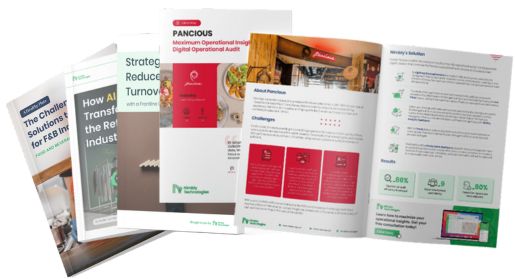

All business owners want to continuously raise their product quality over time. In order to do that, they need a viable plan they need to carry out. This elaborate plan is presented as a draft known as a quality control plan. But how do we fill out this draft and raise our product quality?
A simplified definition of a control plan is that it is a summary of all production processes that control the quality of the end product. Typically, it is used in manufacturing facilities, though other establishments like service or hospitality businesses could also implement it.
Having a control plan is important for a number of things, such as:
● Evaluating each process area
● Validating and implementing a quality system
● Improving the manufacturing process
● Increasing brand recognition and value
There are many ways business owners may set up a control plan. Here are 10 of them, according to QualityInspection.org:
An ideal team responsible for a control plan should consist of at least four people: one from the quality department, one from manufacturing, one process engineer, and one from customer care. You can also include one R&D officer if the product was developed in-house.
You must thoroughly understand the workflow in the manufacturing processes,, from purchasing the base materials all the way to packaging and distribution.
This step is more of a priority ranking in which the team determines what steps are critical to the process and which are less important. The ranking is made based on the analysis of customers’ feedback.
After the priority ranking is established and the risks are mapped, the team must decide what kind of control is suitable. Resources should be prioritized in areas where they are needed the most; risks should be managed efficiently; and so on and so forth.
Essentially, you don’t have to control the full 100% of your production output. Simply take a portion of it (1% would suffice as a base sample), check for any apparent defects within the sample, and apply the result to the whole batch. This usually leads to statements akin to “1 in 10 parts” or “9 out of 10”.
Did the control plan really work? Did we really detect non-conforming aspects? Did conforming aspects get overlooked? The answer to these questions should be a topic on its own and should be adhered to and addressed in the plan.
A good plan is one that clearly states who is in charge. The team must clearly decide who is responsible for the whole process control and its improvements.
The team must comprehend the chain of command. If an action requires approval or must be taken by higher-level management, the team must know which top-level management they have to go to.
This step is more managerial than the previous steps. In this step, you have to make sure the plan is carefully documented and printed before being taught to other employees.
Like all operations, new risks or issues might appear after the plan is carried out. Sometimes the plan is proven to be ineffective after it was implemented. This is why it is crucial that the plan is flexible enough to accommodate future modifications when required.
Since it is practically an open draft made of rows of columns, you need to fill it to make it work. Typically, the draft is divided into the left side and right side.
The left side lists the products and the processing steps that need to be controlled. It also indicates the special characteristics based on the criticality of the end product. The right side lists the standard or specification, tolerance, control method, sampling, and reaction plan.
Nowadays, complex quality control planning can be simplified by digital solutions. All the aforementioned steps can be managed and conducted anytime, anywhere, aided with a single app like Nimbly Technologies. Find out more about simplifying your quality control plan with Nimbly here.
